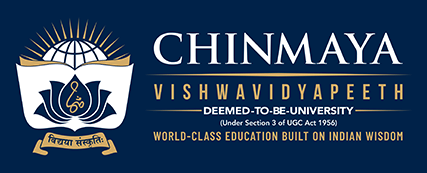Bharateya darshaneshu shabdartha yoravadharana Sanskrit
Material type: TextPublication details: Delhi Gnanabharati publications 2014Edition: 1st edDescription: 281Subject(s): DDC classification:
TextPublication details: Delhi Gnanabharati publications 2014Edition: 1st edDescription: 281Subject(s): DDC classification: - 181.4 H2245 B 105482
| Item type | Current library | Call number | Status | Barcode | |
|---|---|---|---|---|---|
 Books
Books
|
Ubhayabharati Sanskrit | 181.4 H2245 B 105482 (Browse shelf(Opens below)) | Available | 105482 |
There are six major schools of orthodox Indian Hindu philosophy—Nyaya, Vaisheshika, Samkhya, Yoga, Mīmāṃsā and Vedanta, and five major heterodox schools—Jain, Buddhist, Ajivika, Ajñana, and Cārvāka. However, there are other methods of classification; Vidyaranya for instance identifies sixteen schools of Indian philosophy by including those that belong to the Śaiva and Raseśvara traditions.
The main schools of Indian philosophy were formalised chiefly between 1000 BCE to the early centuries of the Common Era. Competition and integration between the various schools was intense during their formative years, especially between 800 BCE and 200 CE. Some schools like Jainism, Buddhism, Yoga, Śaiva and Vedanta survived, but others, like Ajñana, Charvaka and Ājīvika did not. Ancient and medieval era texts of Indian philosophies include extensive discussions on Ontology (metaphysics, Brahman-Atman, Sunyata-Anatta), reliable means of knowledge (epistemology, Pramanas), value system (axiology) and other topics.
Prakrutanibandhe pravruttibenani
Agamashastra drushtya varnanamadharana
Vaishanva tantranusaram varnaswarupam
There are no comments on this title.


